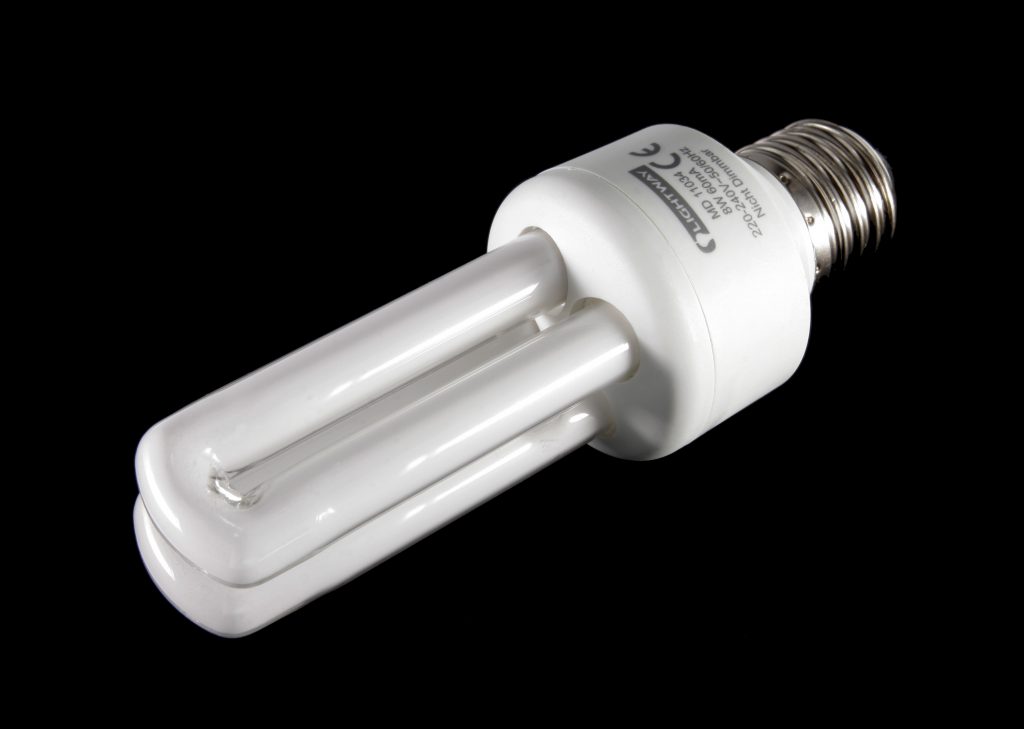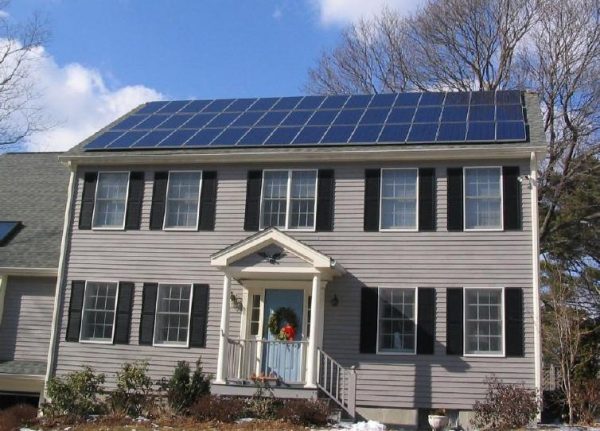Conserving the environment is no longer a duty of companies and government organizations. Each one of us has a role to play in making this planet more habitable. Global warming, rising energy costs and increased pollution are just some of the issues that have forced us to focus on green living. Eco-friendly living never means that you have to make drastic changes in your life. It’s only small things that actually count. Here are some steps that you can take to lead a green life:
- Use energy-saving Bulbs
Fluorescent light bulbs consume just a quarter of the electricity used by the conventional bulbs. Consider all the bulbs that you use in your home; cutting all their consumption by 75%. That will make a significant difference in your monthly bill. For each home that switches to energy saving, more natural resources are saved.
In addition, these bulbs last up to 10 times longer, reducing the number of bulbs that will end up in your trash can. Ensure that you switch off the light as you leave the room, something so simple yet often overlooked.
- Plant a vegetable Garden
What a better way to know exactly what you’re eating than to plant your own garden? Grow your own vegetables, herbs and fruits. Plants help in bringing in fresh air, reduce pollution and prevent soil erosion.
You can go ahead and make your own organic compost manure to avoid chemical fertilizers. Such manure can be made from biodegradable kitchen waste such as tea leaves, egg shells, vegetable remains, fruit peels, and grass/leaves from the lawn and so on.
Farming may seem quite a task at the beginning; but it’s well worth it. You can store all your tools and materials in prefabricated steel buildings.
- Use the Sunshine
The best source of heat and light is just outside your window; and it’s free. Whether you build your house or you choose prefabricated steel buildings from reliable manufacturers, you can always make nature work for you.
Open the windows, drapes, shutters and blinds and let your home receive light and heat from outside, so that you can reduce the usage of electricity for heating and lighting. In addition, you can install solar lighting to supplement or even replace electricity.
- Regulate your Fridge and Freezer
These two are probably the largest energy consumers in the house. They’re definitely essential in keeping your food fresh, but it is important to ensure that they’re not using more electricity than they have to. Freezers work best at around -3F while fridges should be set at around 37 degree F.
Let food cool naturally first before storage. Otherwise you subject the appliances extra cooling work. Open the fridge and freezer doors as rarely as possible, and even then do so for the least applicable time. They lose a lot of energy in just seconds, and when you close the door they have to cool all over again.
- Safe Cleaning
Some of the cleaning can be done without the detergents. You can use dry clothes to clean glass, wood, brass, stainless steel and ceramics. Where the cleaning products are necessary, you can choose the non-toxic types. Most cleaning chemicals are harmful to the environment and should be avoided at all cost.
There are also natural products that can be used as cleaning and disinfecting products. For instance, baking soda cleans a whole lot of things yet it is cheap and safe. Other products in your kitchen that can be used as such includes salt and vinegar. Replacing the chemicals with these natural options will go a long way in making the planet a greener place to live.
Article Submitted by Community Writer.



